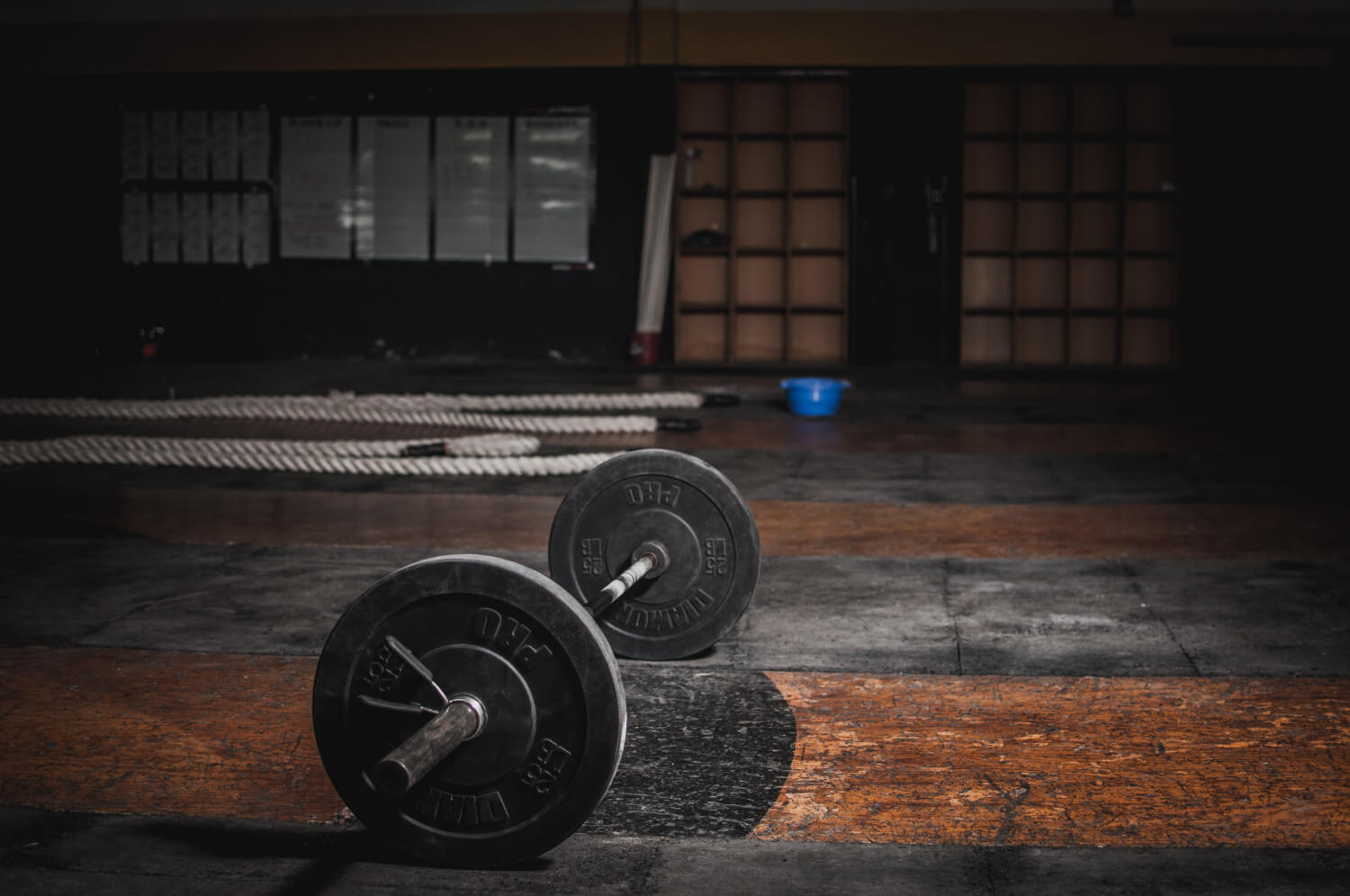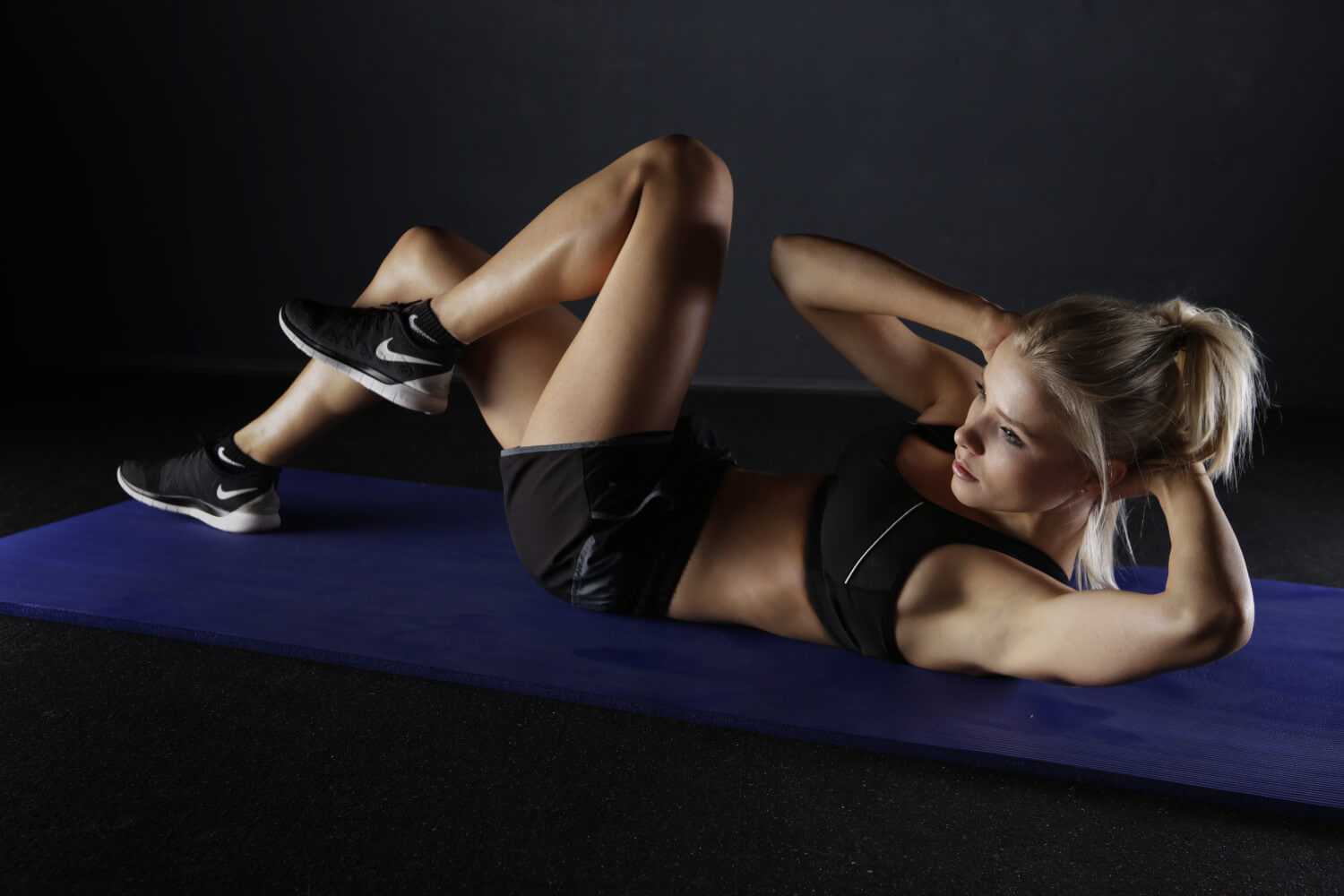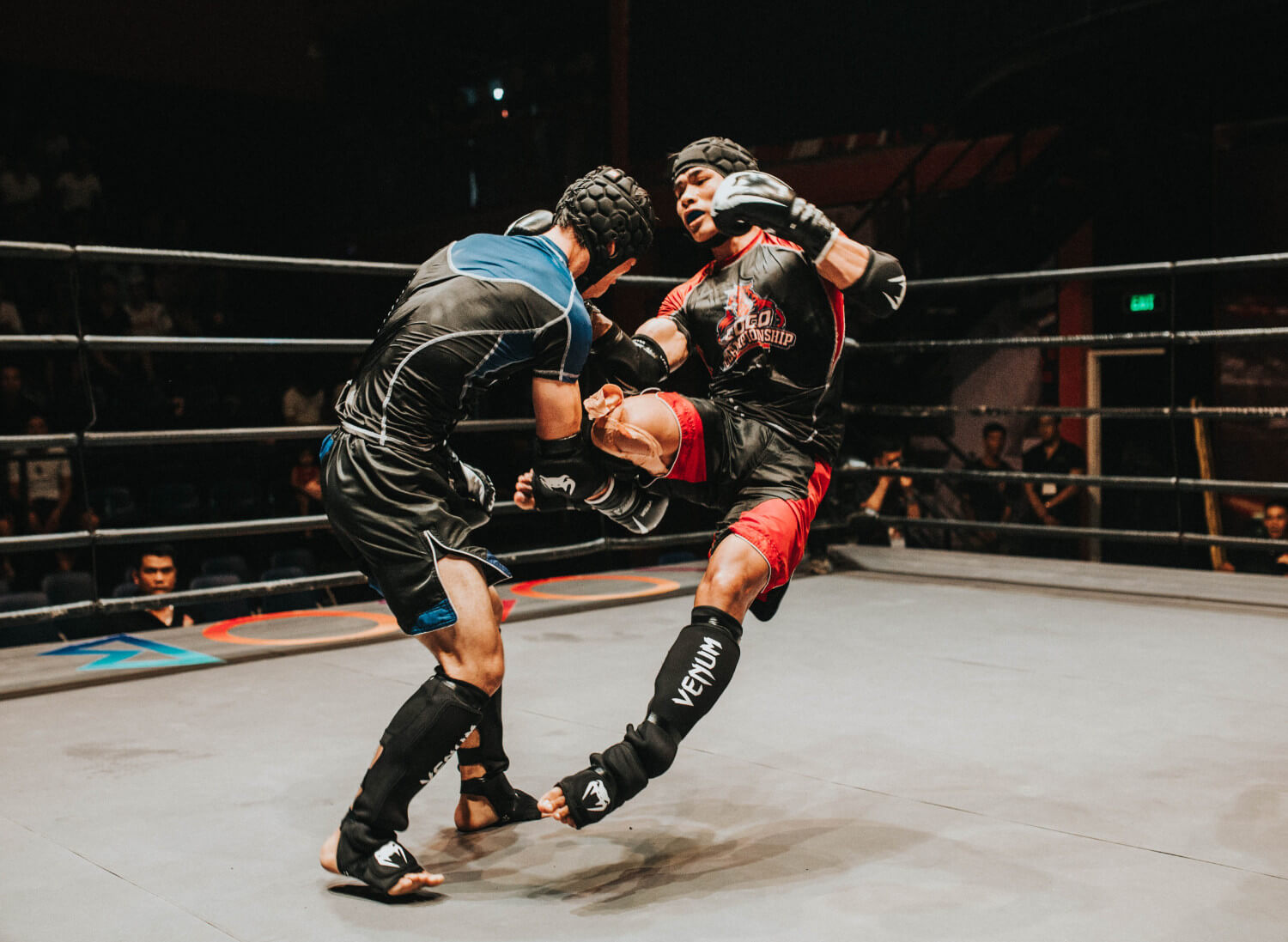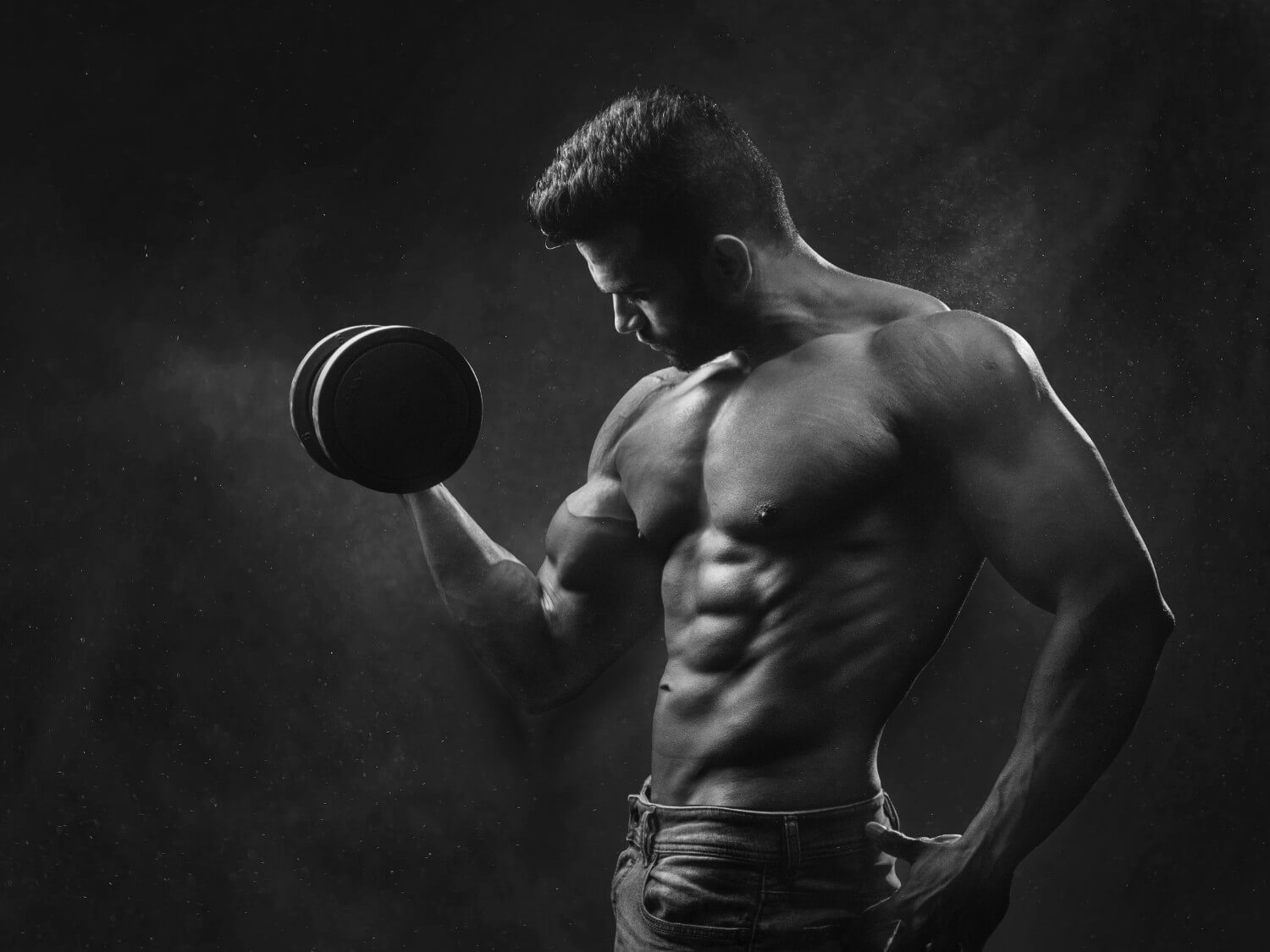Taking Care of Your Mental Health in the Fitness Space
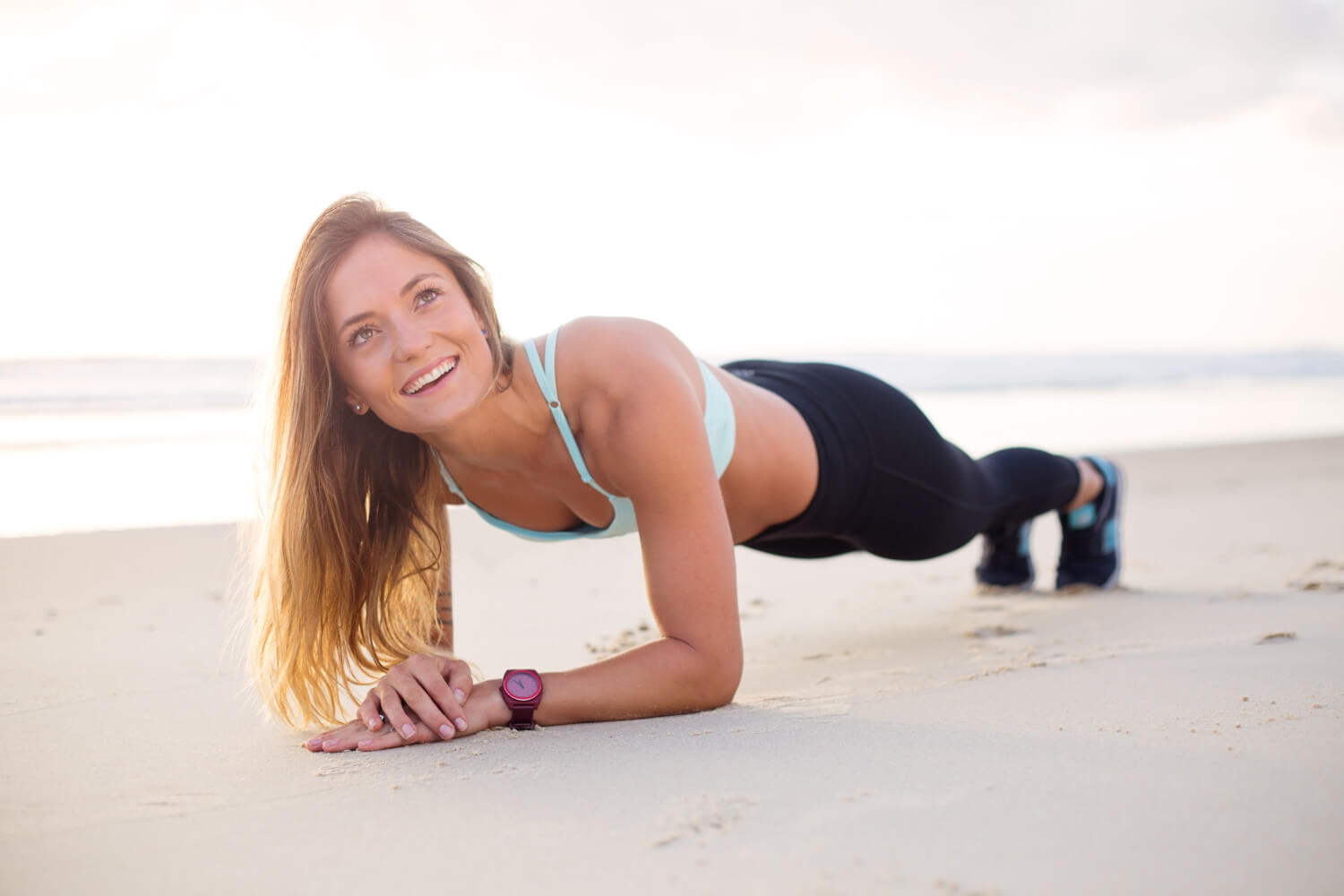
I can’t recall a moment during my time working in the fitness industry where I didn’t hate myself.
It seems ironic when you think about it. Fitness is supposed to be about health and living your best life possible. Why then, do we find ourselves stressed and anxious rather than inspired?
When you’re living in a world that thrives on the concept of insufficiency it can be difficult to keep a healthy perspective on diet and exercise. It’s not hard to see how disordered eating and mental health struggles can be associated with the fitness industry because of this.
Most of the articles in the top-selling fitness magazines play up insecurities, encouraging us to jump on every latest trend to change all the things we dislike about ourselves. It’s all about how much we can take away from our body, and how tracking everything we eat and do is necessary for any kind of noticeable progress. Physical activity becomes another gateway to feed disordered eating habits.
We use words like “dirty,” “bad,” and “cheating” to describe certain foods or the consumption of them, thinking it’s an innocent way of reminding ourselves to eat better. In reality, this kind of language is quite harmful to our mental state.
Giving any kind of negative association to the food we eat implies there is something wrong with indulging in it. It’s like a form of self-manipulation, because we are making ourselves feel bad for things we have no reason to feel bad about. If you’ve ever experienced genuine guilt for ordering off the dessert menu, you know what I’m talking about.
We celebrate antisocial habits and withdrawal from friends and family due to restrictive eating in the name of “health,” leading to even higher irritability levels from a lack of involvement in the activities we would normally enjoy participating in.
The cycle seemingly never ends.
Suffering in Silence
Eating disorders are just one aspect of the mental health strains endured in a world dominated by images and numbers. For those of us who suffer from depression, anxiety, obsessive-compulsive disorder (OCD), or any other kind of mental illness, the drive to adhere to these numbers and constraints we have created for ourselves is exhausting.
Unfortunately, mental illness tends to fly under the radar and to get pushed to the backburner when we are working hard to achieve our goals.
Think of it like a credit card statement that we’re embarrassed to talk about. While we don’t want to acknowledge its existence, we know it’s there. It builds and becomes more daunting, until it grows totally out of control. Yet we’re afraid to address it.
Those who suffer from anxiety or depression are more likely to develop an eating disorder as a result of their altered mental state. So if you already suffer from mental illness, you are at a risk of making things worse when you start to involve more calculated measures of control over what you eat and how you exercise [9,11].
That being said, there is still a great amount of stigma that surrounds mental illness, which can make it difficult for some people to be open about what they are going through in order to seek help. Suffering in silence usually means that we find a different way of coping. When that comes in the form of extreme diet swings and over-exercising, it can be very damaging to our long-term physical and psychological health.
So what can we do to protect our mental health?
Luckily there are measures we can take to ensure we maintain a positive and healthy mindset in the face of the unattainable “perfection” society pushes on us. If any of the scenarios below sound like things you’ve experienced, here are some steps you can take to improve your self-image and mental health. Avoiding these pitfalls can help ensure that we live our healthiest life possible, free from guilt, disordered eating, and poor body image.
Pitfall 1: Obsessively Counting Calories and Macros
Studies have shown that there is a direct correlation between disordered eating and the overuse of calorie and macro tracking apps [1,7]. Try as we may to separate the two, when tracking your calories becomes an obsession it is difficult to see food in a positive light. Food isn’t just food anymore – it’s now observed as digits and nutritive breakdowns.
Sometimes, too much knowledge in one area isn’t necessarily a positive thing when you’re using that knowledge for something destructive.
Solution: Eat Intuitively
If you cannot remember the last time you picked up an apple and ate it without automatically calculating the approximate number of carbs and sugars inside of it, it may be time to put down that tracking app [8].
We were born knowing how to eat, and we gradually lost that ability over time through outside influence. So let’s take it back to the basics — next time you have a meal, think of some basic guidelines for how to make it nutritious, pick an item from each food group (protein, fat, carbohydrates), and be sure to include fruits and vegetables. Eat slowly, eat mindfully, and choose foods you actually enjoy eating.
The emotional and social aspect of eating is an integral part of our livelihood. Food should satisfy you, energize you, and bring you happiness. Try not to overthink it.
Pitfall 2: Exercising to Burn Calories Rather Than to Promote a Healthy Lifestyle
While exercise can help relieve some depressive symptoms and decrease anxiety, more is not always better; exercising can have detrimental effects on your physical and mental state when done to excess [2,4,10].
I can’t tell you the amount of times I used to go for a run just because I had a bite of cake when I didn’t “earn” it, or when it wasn’t a part of my meal plan. If I didn’t find a way to burn away my transgressions, my anxiety would soar and I would panic. Exercise became nothing more than a way for me to assume control when other parts of my life felt like they were in a downward spiral.
Solution: Exercise to Get Stronger, Move Better, and Feel Better
Set your focus on building strength and stamina. Think of exercising to improve your overall health rather than simply using it as a tool to create a bigger dietary deficit. Exercise for longevity — it should never be a form of punishment or something you feel obligated to partake in out of shame.
Find something you love to do, whether that is weightlifting, snowboarding, tennis, hiking, running, swimming, team sports, martial arts, or anything else you can think of! Exercise should be enjoyable, and an integral part of your self-care.
Pitfall 3: Following Too Many Fitness or Fashion Model Accounts on Social Media
Now, don’t get me wrong: just like anyone, I certainly love to admire a beautiful model from time to time. However, now that we have higher access to these images at a moment’s notice, it can cause us to create extremely unrealistic standards for ourselves.
We tend to compare ourselves more to those we see in photos than those we observe through other media, such as television, due to the fact that photos can be retouched and filtered to perfection [3,5,6]. This unhealthy comparison can lead to unhappiness in our lives as well as the lives of those around us, because it affects our interactions with them and ultimately our quality of life. We don’t realize how many of those images are doctored up, and that the person behind them is just another human with their own doubts and insecurities.
Solution: Be Mindful of the Images You Surround Yourself With
Next time you are about to hit the “follow” button on Instagram, ask yourself a few questions:
- Does this person offer something of value to my life?
- Does this person make me feel good about myself?
- Does this person have a good message?
- Does this person promote a healthy image and lifestyle?
- Does this person promote unrealistic standards?
If you are following people simply for the sake of scrolling through their feed and admiring their seemingly perfect body, face, and life, just do yourself a favor: don’t.
If the person you are following makes you feel insecure, jealous, or bad about yourself, do not continue following them. There is nothing wrong with looking up to someone who inspires you, but make sure they inspire you for the right reasons.
Pitfall 4: Using Negative Self-Talk
Every time we say something negative about ourselves, it becomes more of a reality in our minds.
Words are powerful, and while we could be using them to lift ourselves up, sadly so many of us use them to put ourselves down.
It’s not always so obvious, but you’d be surprised how much of an effect it can have on your self-esteem and physical progress long term to continue talking down on yourself, even if you’re doing so in a humorous, self-deprecating way.
Solution: Refer to Yourself Lovingly
It’s time to drop the self-deprecation — your life isn’t a “Roast Yourself Challenge.”
Next time you refer to yourself, take a moment to consider the words you intend to use. If what you are about to say is negative, find a different word to use to describe yourself — even if it sounds silly when you say it, and even if it’s exactly opposite of how you feel. I call it, “The Antonym Game” — for every bad word I would use to describe myself, I replace it with a more positive, contrasting expression.
It’s not necessarily about positive affirmations. Sometimes it’s just about challenging yourself to transform your negative talk into something positive or neutral. The better you get at doing this, the more it inherently sticks in your mind.
Pitfall 5: Believing Your Mental Health Is Secondary to Your Physical Health
When we think of taking care of ourselves, we usually refer to caring for our physical bodies and appearance, putting our mental health to the side. However, the two are not mutually exclusive.
Mental health is just as important as physical health, and it is difficult to have one without the other. Eventually, something has got to give. We invest so much in caring for what our body looks like on the outside, while on the inside we wither away.
Solution: Take Care of Your Mental Health
Mental health is the backbone of our entire well-being. Without this kind of self-care, everything else falls to the wayside.
Take time to relax every day, and practice mindfulness. When you are feeling overwhelmed, step back and breathe. Take time to acknowledge when you are not feeling well, and do whatever is necessary to centre yourself and help yourself feel better.
If needed, seek professional help for your mental health. There is never shame in having someone to talk to who can help us make healthier choices and find new balance in our life. These problems can be tough to tackle on our own.
When we take care of our mental health, we take care of our body the best way that we know how. One cannot thrive without the other.
Above all else, remember that numbers do not define you. The moment we relinquish the need for absolute control is the moment we allow ourselves to open up and heal. The path to recovering from mental illness begins with your mindset. Some of us may battle with it for a lifetime, but all of us can take steps every day towards leading the best and healthiest life we possibly can.
Recognize when there is a problem, and do whatever is necessary to achieve balance. Only then can we begin to end the cycle of harmful thought.

